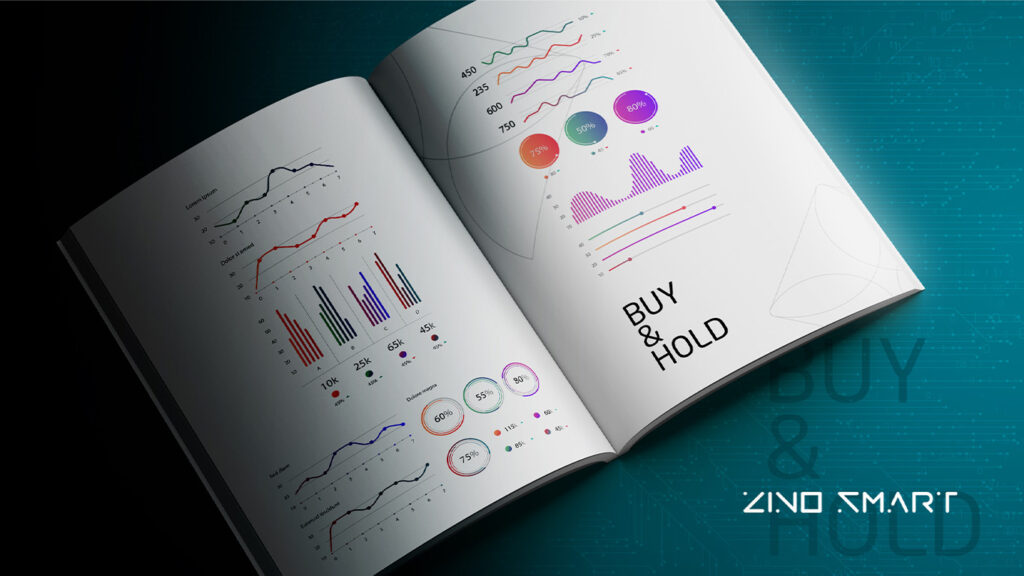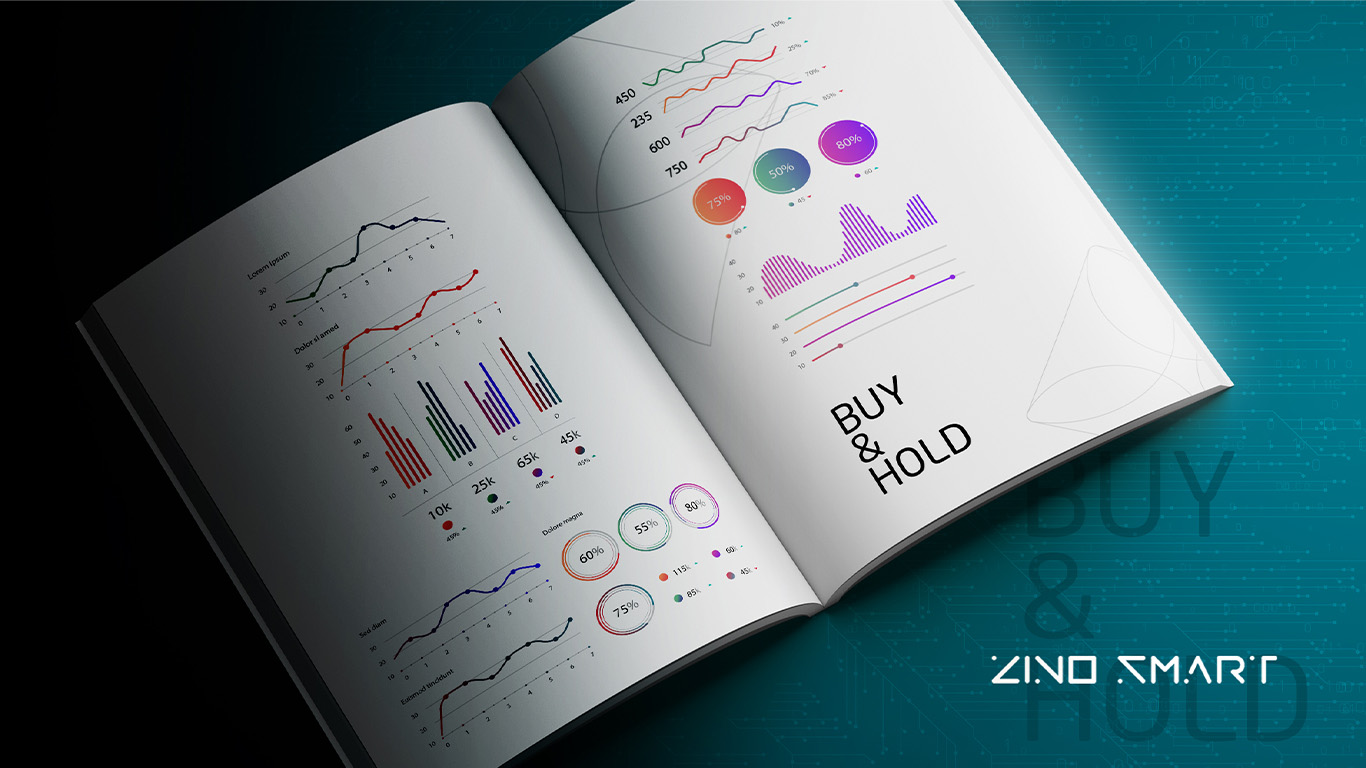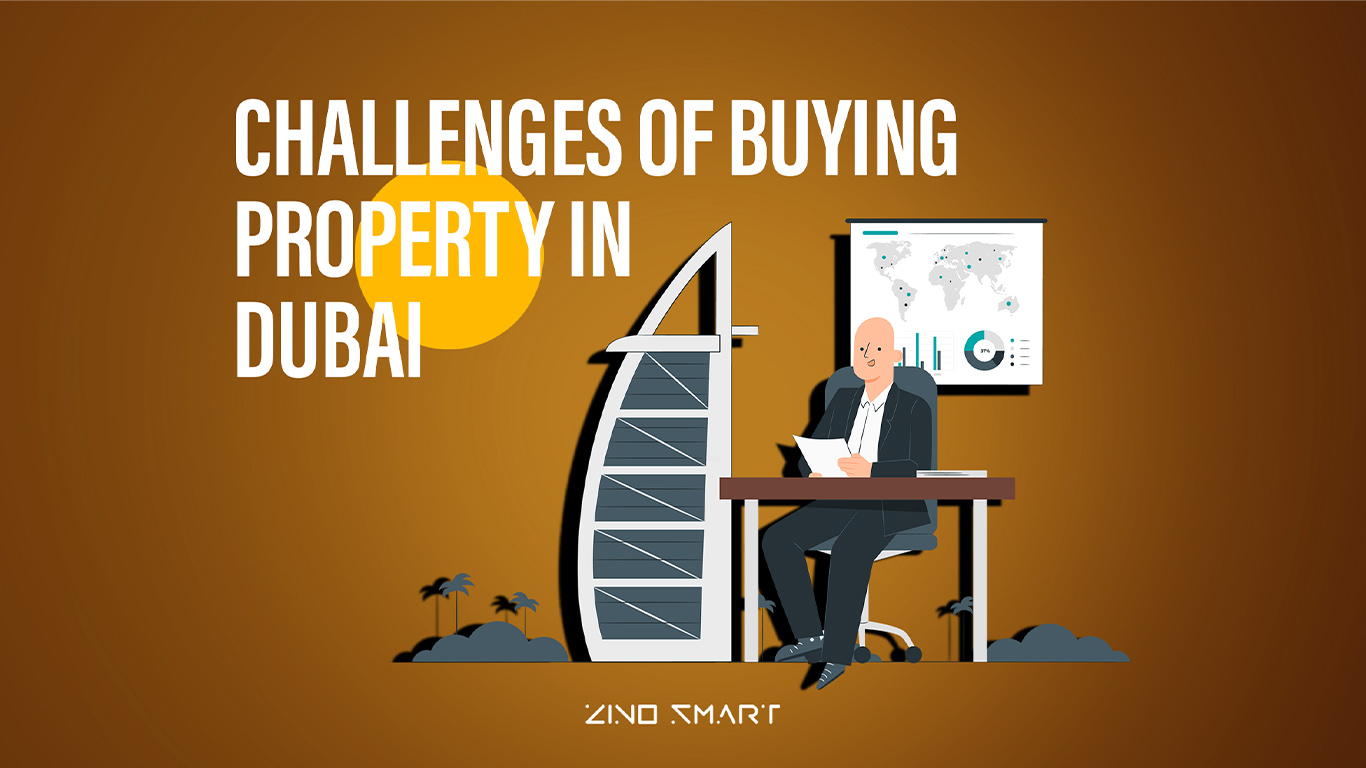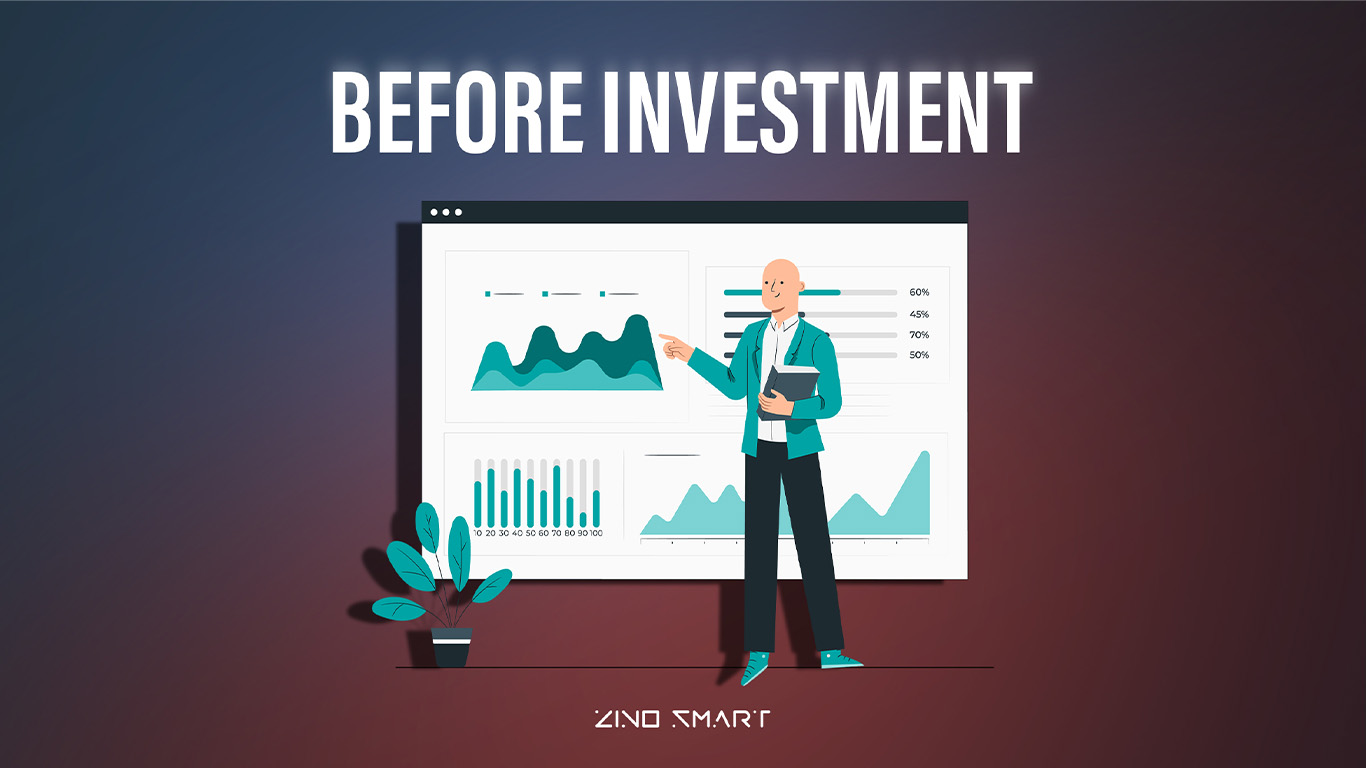Buy and hold investors believe that “time in the market” is better than “timing the market.” If you use this strategy, you will buy securities and hold them for long periods of time. The idea is that long-term returns can overcome short-term volatility. This strategy is the opposite of market timing.
Buy and Hold
The buy and hold investor will argue that holding for longer periods requires less frequent trading. Trading costs are minimized. This will increase the overall net return of the portfolio.
Portfolios using the buy and hold strategy have been called lazy portfolios. This is because of their passive nature.
Core and Satellite
Core and satellite a common portfolio design. It consists of a “core,” such as a large-cap stock index mutual fund, which represents the largest part of the portfolio. Other types of funds—the “satellite” funds—each consist of smaller parts to create the whole.
The main goal of this design is to reduce risk through diversification while beating a standard benchmark, such as the S&P 500 Index. This type of portfolio will hopefully achieve above-average returns with below-average risk.
The Dave Ramsey Portfolio
Talk show host and finance guru Dave Ramsey touts a four mutual fund strategy. Dave’s wisdom is in his simplicity. His methods are easy to grasp. However, the wisdom stops there.
These four mutual fund types will often find fund overlap, meaning that there is little diversity. Further, lower-risk assets, such as bonds and cash, are absent from the portfolio.
Modern Portfolio Theory
Modern portfolio theory (MPT) is a method where you attempt to take a minimal level of market risk to capture maximum-level returns. If you follow the tenets of MPT, you may use a core and satellite approach, as described above.

Every investor would like to achieve the highest possible return without taking extreme levels of risk. But how can this be done? The short answer is diversification. According to MPT, you can hold an asset type that is high in risk by itself. But, when combined with other investments, the portfolio can be balanced so that its risk is lower than some of the underlying assets.
Post-Modern Portfolio Theory (PMPT)
The difference between PMPT and MPT is the way they define risk and build portfolios based on this risk. MPT sees risk as symmetrical. The portfolio construction is comprised of several diverse investments. These have various risk levels that combine to achieve a reasonable return. It is more of a big-picture view of risk and returns.
A PMPT investor sees risk as asymmetrical. They do not think of losses as the exact opposite of gains. Each environment is unique and evolving. PMPT sees that investors do not always act rationally. PMPT accounts for the behavioral aspects of the investor herd, not just the model that MPT follows.
Tactical Asset Allocation
Tactical asset allocation is a combo of many of the styles talked about here. It is a style where the three main asset classes (stocks, bonds, and cash) are actively balanced to maximize returns and minimize risk compared to a benchmark, such as an index.
This style differs from those of technical analysis and fundamental analysis. It focuses mainly on asset allocation and then on investment selection.
Choosing an investment style is no different from choosing investments. Each investor is unique. The best strategy is the one that works best for your objectives and tolerance for risk.




One reply on “Buy and Hold”
[…] Diversification in Investment […]